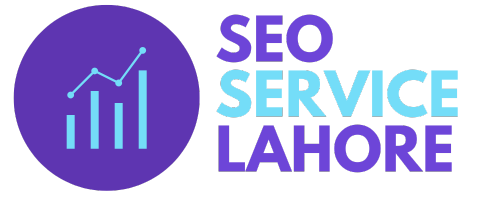How to build a solid SEO strategy for your website is a question every business owner,blogger or marketer should be asking. A well structured SEO strategy is essential not just for increasing visibility on search engines like Google but also for attracting the right audience and driving consistent traffic to your website. Whether you’re starting a new website or optimizing an existing one building a robust SEO foundation is key to long term success.
Why Having an SEO Strategy Matters
Search engine optimization (SEO) is more than just using keywords. It’s about creating a website that search engines and users both love. Without a strategy, your content might go unnoticed, and all your hard work could get buried under pages of competitors.
With a solid SEO strategy, you ensure:
- Higher visibility in search results
- Increased organic (free) traffic
- Better user experience
- More leads, conversions, and ultimately revenue
Now, let’s break down exactly how to build a solid SEO strategy for your website.
1: Define Your Goals
Before diving into keyword research or writing content, take time to set clear goals. Ask yourself:
- What do I want to achieve with my website?
- Who is my target audience?
- Which actions do I want users to take?
Your SEO efforts should align with your business goals—whether that’s driving product sales, getting newsletter signups, or growing blog readership.
2: Conduct Thorough Keyword Research
To master how to build a solid SEO strategy for your website, keyword research is where everything begins. Use tools like Google Keyword Planner, Ahrefs, or Ubersuggest to identify:
- Keywords your audience is searching for
- Long-tail keywords with less competition
- Related topics and search questions
Focus on a mix of short and long-tail keywords to balance competitiveness and relevance.
3: Optimize On-Page SEO
Once you’ve got your keywords, the next step is on-page optimization. This includes:
- Using keywords naturally in titles, headings, and throughout content
- Writing engaging meta descriptions
- Using SEO-friendly URLs (e.g., yoursite.com/seo-strategy)
- Adding internal links to related content
- Optimizing images with alt text
Always aim to make content valuable to the reader while also keeping search engines in mind.
Pro Tip: Use Your Main Keyword in Headings
Use your primary keyword, such as how to build a solid SEO strategy for your website, in at least one H2 or H3 header to reinforce its relevance to your topic.
4: Create Quality, Valuable Content
Search engines love high-quality content that genuinely helps users. Make sure your content is:
- Informative and answers user questions
- Original and not copied from other sites
- Well-structured with headings and bullet points
- Updated regularly to stay relevant
Consistency is key—publishing content regularly builds authority over time.
5: Focus on Technical SEO
Your site needs to be technically sound. This includes:
- Fast page load speed
- Mobile responsiveness
- Secure site (HTTPS)
- Proper site architecture and internal linking
- XML sitemap and robots.txt configuration
A technically optimized site ensures both users and search engines can easily navigate and understand your content.
6: Build Quality Backlinks
Backlinks (links from other sites to yours) are still one of the strongest ranking signals. You can earn backlinks by:
- Writing guest posts
- Reaching out to influencers or bloggers in your niche
- Creating share-worthy content like infographics, guides, or research
- Listing your site on directories or forums
More quality backlinks = more authority in the eyes of Google.
7: Monitor and Adjust
SEO isn’t a one-and-done task. Use tools like Google Analytics and Google Search Console to:
- Track keyword rankings and traffic
- See what’s working and what’s not
- Identify technical issues
- Adjust your strategy accordingly
Stay up-to-date with algorithm changes and trends to maintain and improve your SEO performance.
Conclusion
Understanding how to build a solid SEO strategy for your website is the first step toward online success. By combining strategic keyword use, quality content, technical optimization, and continuous monitoring, you lay a foundation that will serve your website for years to come. SEO takes time, but the long-term payoff—in visibility, traffic, and conversions—is well worth the effort.


